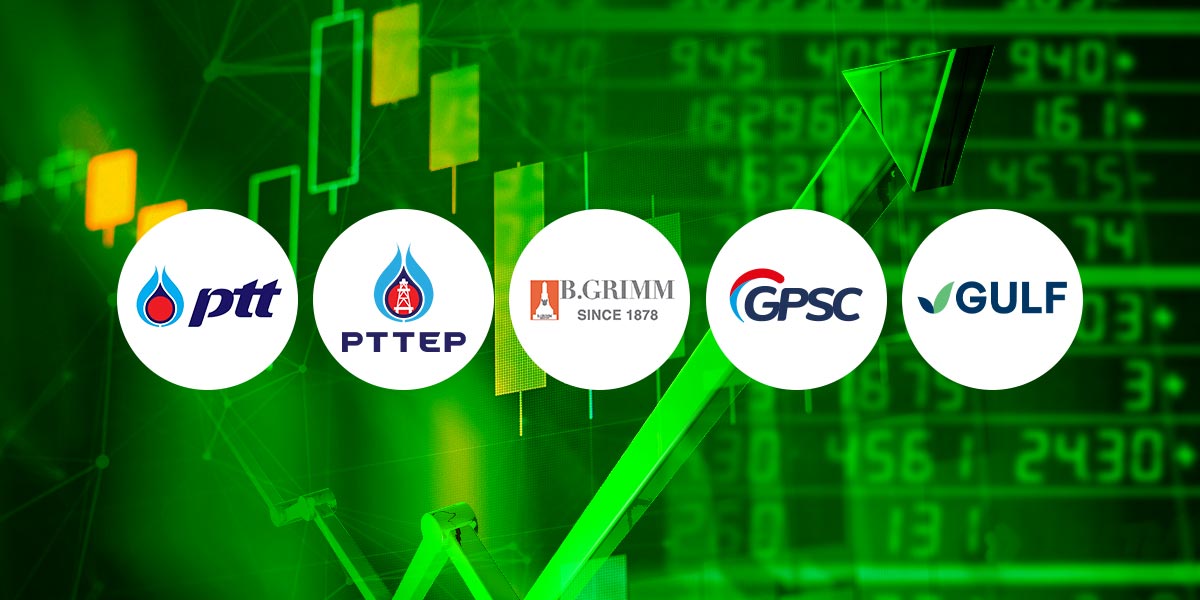Thailand’s energy sector is poised for a boost as global liquefied natural gas (LNG) supply is expected to ramp up sharply, easing high gas prices and creating a more favorable environment for the country’s utilities and integrated oil and gas firms, according to an analysis from CGS International Securities (Thailand).
Surge in Global LNG Output to Outpace Demand
According to the International Energy Agency (IEA), global LNG production is projected to expand by 7% year-on-year in 2026, outstripping an anticipated 2% growth in demand. This upturn will be fueled by new capacity coming online in the United States, Canada, and Qatar. Additional volumes could also materialize from Russian pipeline gas and the Arctic 2 project, contingent on progress in the Russia-Ukraine peace process. Should this materialize, the risk premium embedded in European gas prices—reflected in the Dutch Title Transfer Facility (TTF) benchmark—would likely dissipate, exerting downward pressure on global prices.
Interlinked Asian and European markets, together with a slowdown in Chinese import demand, are expected to drive Asian LNG prices down. The Japan-Korean Marker (JKM) price is forecast to ease to $11.25 per million British thermal units (mmbtu) by 2026, and $10.50 by 2027, down from $12.70 in 2025. In contrast, U.S. Henry Hub prices are poised to climb slightly, supported by solid domestic demand and improved infrastructure bottlenecks.
Lower LNG Imports, Cheaper Gulf Gas to Trim Thai Gas Costs
Domestically, the outlook for natural gas costs is also brightening. PTT Exploration and Production Pcl.’s (SET: PTTEP) recent acquisition of Malaysia’s Block A-18 is expected to keep Gulf gas output at a stable plateau between 400 to 500 million cubic feet per day over the next decade, while government efforts to extend coal-fired power generation will enable Thailand to moderate reliance on costlier LNG imports.
As a result, the share of expensive LNG in the Thai market is projected to decline to 29-31% in 2025-2027, compared to earlier forecasts of 33-35%. This, coupled with increased availability of lower-cost Gulf gas, has prompted analysts to lower their projections for Thailand’s average pool gas cost to THB 287/mmbtu for 2025, THB 275 for 2026, and THB 267 for 2027, all representing improvement from previous estimates.
Sector Outlook: Upgrades Across Oil & Gas and Utilities
Amid this backdrop, CGS International Securities has lifted its stance on Thailand’s integrated oil and gas sector to ‘Neutral’ from ‘Underweight’. Lower gas prices should alleviate cost pressures on PTT and support greater stability in the group’s gas separation business, pending regulatory approval of a revised pricing mechanism. PTT has seen its full-year 2025 and 2026 earnings per share forecasts tick higher, and the target price has been raised to THB 36.50.
Utilities also stand to benefit. BGRIM, now rated ‘Hold’ with target price at THB 14.00, is poised for sizeable profit gains in line with lower gas costs and favorable power tariff adjustments, with its 2025 core earnings estimate surging by 70%. GPSC, PTT’s power arm, receives an upgraded target price to THB 46 with an Add recommendation, while GULF’s U.S. Jackson Generation project offers further upside if Henry Hub prices remain buoyant, leading to an Add recommendation with a lifted target price at THB 65.00 per share.
Conversely, the chemical segment, and PTT Global Chemical in particular, remains out of favor given persistent risk of elevated feedstock prices, especially for ethane imported from the U.S., which could see no relief from taxes and remain closely linked to high Henry Hub levels.





